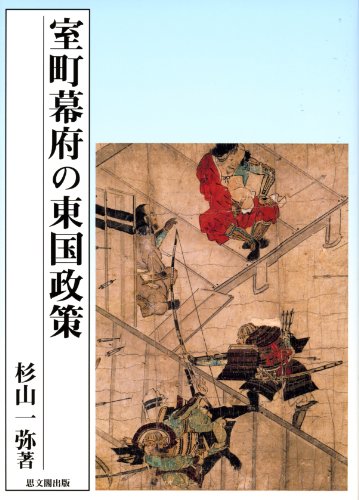31 0 0 0 OA 『鎌倉年中行事』にみる鎌倉府の着装規範 : 鎌倉公方の服飾を中心として
- 著者
- 杉山一弥
- 出版者
- 社団法人日本家政学会
- 雑誌
- 日本家政学会誌 (ISSN:09135227)
- 巻号頁・発行日
- vol.58, no.5, pp.283-292, 2007-05-15
- 参考文献数
- 11
- 被引用文献数
- 1
Kamakura-nenchuu-gyouji is a description of the clothing in various classes of samurai in East Japan. The clothes and accessories were different for each class. They were required by Kamakura-kubou to dress in different colors, shapes, and materials. This applied to every event and ceremony. There were also differences in vehicles. Mon, weaved into clothes, was also very important, because Mon was an expression of the Japanese sense of beauty. The giving a way of clothes after wearing them was also very important in the Muromachi period. The rules of clothing applied not only to daily clothing but also to armaments. Clothing always symbolized the classes and formality. In East Japan in the Muromachi period, the clothing of samurai were determined not by the scale of one's power but by the status of the Kamakura-Fu.
4 0 0 0 OA 『鎌倉年中行事』にみる鎌倉府の着装規範 : 鎌倉公方の服飾を中心として
Kamakura-nenchuu-gyouji is a description of the clothing in various classes of samurai in East Japan. The clothes and accessories were different for each class. They were required by Kamakura-kubou to dress in different colors, shapes, and materials. This applied to every event and ceremony. There were also differences in vehicles. Mon, weaved into clothes, was also very important, because Mon was an expression of the Japanese sense of beauty. The giving a way of clothes after wearing them was also very important in the Muromachi period. The rules of clothing applied not only to daily clothing but also to armaments. Clothing always symbolized the classes and formality. In East Japan in the Muromachi period, the clothing of samurai were determined not by the scale of one's power but by the status of the Kamakura-Fu.

